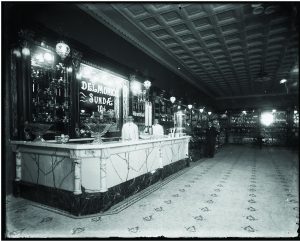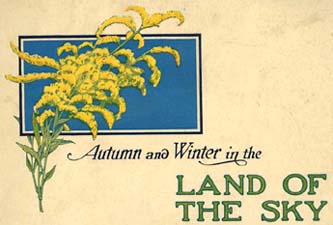— After many years of faithful service a cruciform “Get Right With God” in Wilmington has disappeared — and what about the ones in Fletcher and Foxfire?
— That beloved if largely mythological stalwart of the neoConfederacy — the black soldier in gray — suffers a setback in Richmond.
— Mixed reaction to N.C. State prof’s decision not to name names: One reviewer says it makes his memoir of day-laboring “a kind of everyman fable,” while another laments his “pulled punches.”
— Every few years I’d get a phone call from Roy “Whitey” Grant to make sure the Observer was adequately recognizing the latest Briarhopper death. Now Whitey himself is gone, at age 92, and with him the most prominent link to the original string band that performed on WBT from 1934 to 1951. What a pleasure to have seen him rediscovered in his last years by the roots music movement.
— ECU historian recalls JFK’s high-spirited campaign visit to a Greenville tobacco warehouse where barely three years later he would be mourned.


